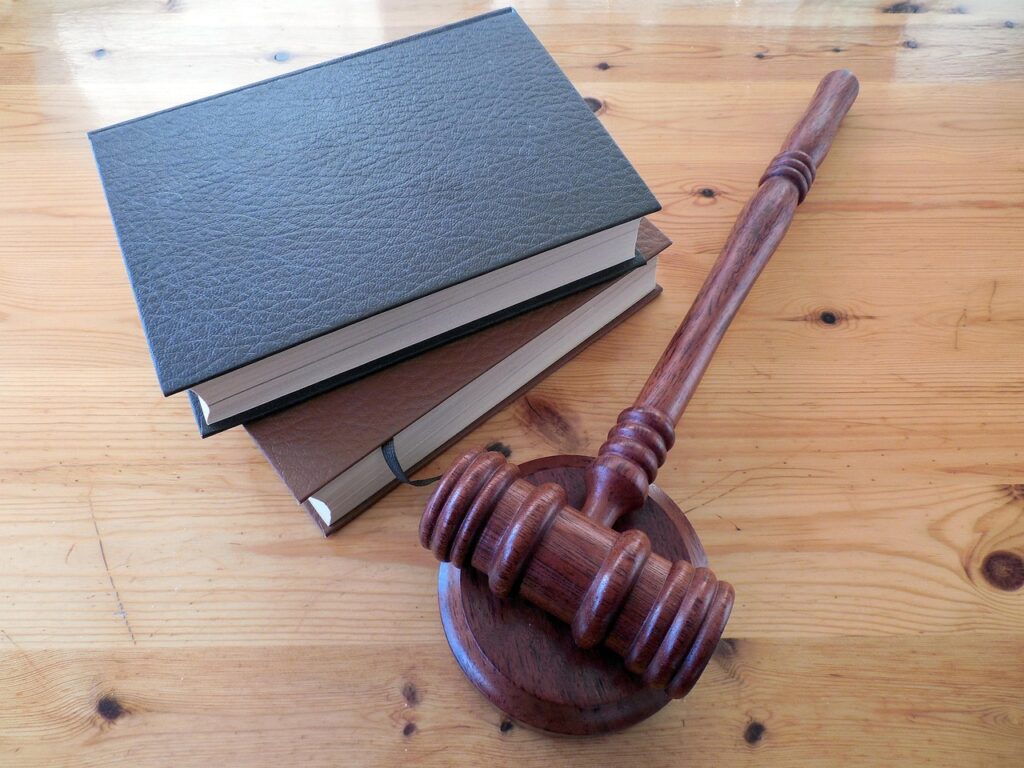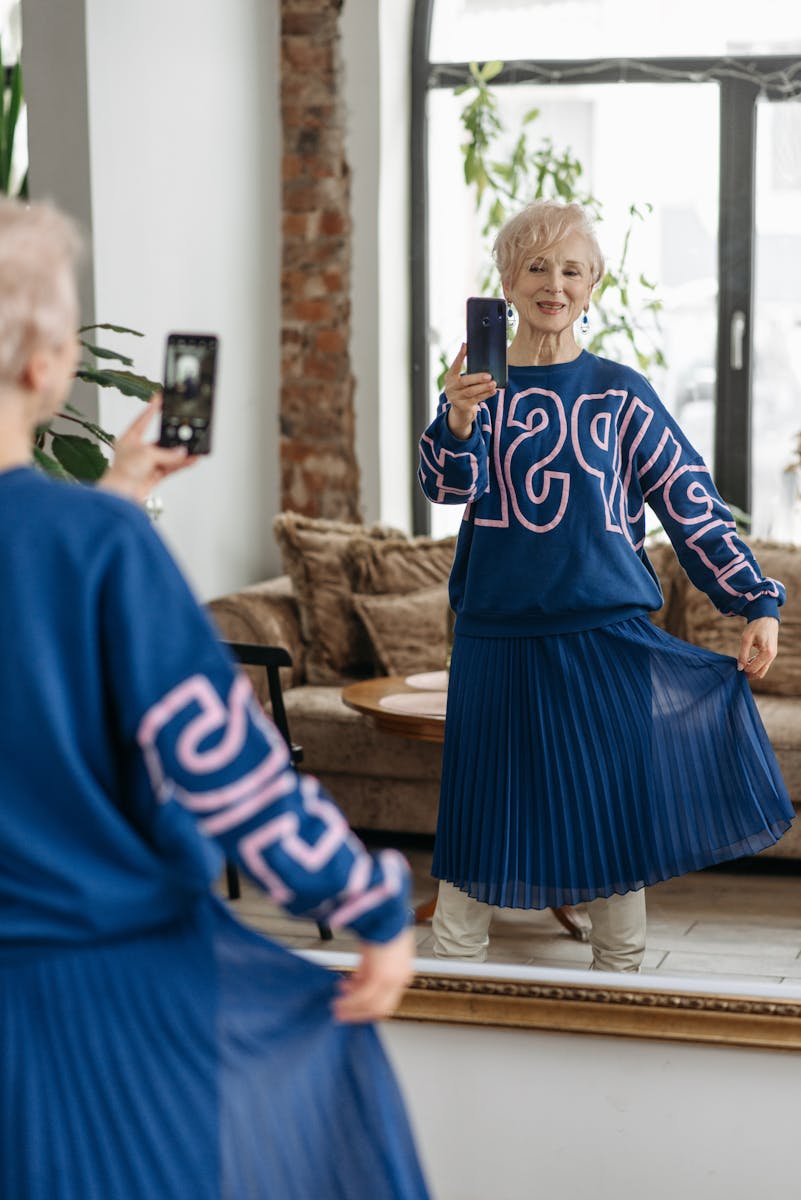
Recent developments concerning Sarah, Duchess of York, have once again drawn considerable public and media attention to her past associations, particularly regarding her contact with the late financier and convicted sex offender Jeffrey Epstein. New revelations, emerging from a leaked email, have prompted fresh scrutiny of the Duchess’s relationship with Epstein and the subsequent impact on her standing, as well as on the broader context of the Royal Family. This situation underscores the ongoing challenges faced by the monarchy in navigating private conduct within its broader public perception.
The detailed content of an email, reportedly sent by the Duchess, suggests a more complex and, at times, contradictory narrative than previously understood regarding her public stance on Epstein. These communications, brought to light through recent media reports, have reopened discussions about accountability, public image management, and the intricate dynamics within the non-working members of the Royal household. The unfolding events present a significant point of examination for observers of royal affairs and those interested in the conduct of individuals associated with the British monarchy.
This article delves into the specifics of these latest disclosures, examining the key elements that have come to light. We will explore the circumstances surrounding the Duchess’s alleged email, her expressions of apology, the motivations she reportedly conveyed for her public actions, the specific language she employed, and the direct timeline linking these private communications to her statements made in the public domain. This structured analysis aims to present a comprehensive overview of the situation based on the available information.
1. **The Immediate Public Appearance of the Yorks Amidst Fresh Revelations**
Following a period of renewed public attention stemming from new revelations concerning her contact with the late paedophile financier Jeffrey Epstein, Sarah, Duchess of York, was observed in public for the first time alongside Prince Andrew. This sighting occurred as the Duke of York and Sarah Ferguson were seen departing from Royal Lodge, their residence located within the extensive grounds of Windsor Castle in Berkshire, on the morning of Monday, 22 September 2025. This particular appearance gained immediate significance, marking their initial emergence since the details of the controversial email correspondence came to light in a major media exposé.
Eyewitness accounts and photographic observations from the occasion noted distinct demeanours from both individuals. Prince Andrew, who was reportedly driving the Range Rover from the estate, presented an anxious appearance. This visible expression of concern could be interpreted in the context of the intense public and media scrutiny that has once again engulfed his family, particularly in light of the sensitive nature of the information that had just been made public regarding his ex-wife’s communications. The pressure of these ongoing developments undoubtedly contributed to the observed anxiety.
Sarah, Duchess of York, occupying a passenger seat, reportedly adopted a stance intended to evade photographic capture during their departure. This deliberate attempt to avoid being documented by the press highlights a conscious effort to retreat from the public eye at a moment when her actions were under significant question. Her posture and apparent intent to remain out of sight reflect an understanding of the gravity of the situation and the likely critical reception of the newly disclosed information by the public and media alike.
The specific timing and location of this appearance — departing from Royal Lodge, a residence closely associated with the Royal Family and located on the Windsor estate — further amplified the significance of the sighting. It underscored the continued proximity of the Duke and Duchess of York to the core institutions of the monarchy, even as both have faced considerable challenges regarding their public roles and associations. The public observing their joint movement in such circumstances provided a tangible indicator of the immediate impact of the recent disclosures on their daily lives and their interface with public scrutiny.

2. **The Revelation of Sarah Ferguson’s Leaked Email to Jeffrey Epstein**
The cornerstone of the latest controversy surrounding Sarah, Duchess of York, is the revelation of a leaked email, detailed in an exposé by The Mail on Sunday. This correspondence brought to light the fact that ‘Fergie,’ as she is often known, wrote to Jeffrey Epstein to apologise for publicly disavowing him. This disclosure directly contradicted her earlier public statements and pledges to cut ties with the convicted sex offender, thus generating significant public and media interest.
The contents of this “bombshell email,” as described by the source, have been presented as a significant piece of evidence that challenges the Duchess’s previously asserted distance from Epstein. It emerged that the Duchess had issued a “grovelling apology” to Epstein, expressing regret for a public statement where she had distanced herself from him. This private communication stood in stark contrast to her public pronouncements, raising questions about the authenticity and sincerity of her earlier declarations.
The timing of this email is also a critical aspect of its significance. It was reportedly sent in 2011, just weeks after the Duchess had informed the press that she had severed all connections with Epstein. This temporal proximity between a public disavowal and a private apology underscores a perceived discrepancy in her actions. The exposé by The Mail on Sunday specifically highlighted how the Duchess had “lied when she pledged to cut ties,” implying a deliberate deception regarding her ongoing relationship with the financier.
The revelation of this email has placed an “uncomfortable spotlight” on the Yorks’ proximity to the Royal Family, as the information directly affects the public perception of an individual closely associated with the monarchy. The fact that the email surfaced so long after the initial events means it carries renewed weight, forcing a re-evaluation of past statements and actions in light of this new, verifiable information from private correspondence.

3. **Her ‘Grovelling Apology’ and the Phrase ‘Her Supreme Friend’**
Central to the recent revelations is the description of Sarah, Duchess of York’s email as containing a “grovelling apology” to Jeffrey Epstein. This characterisation, reported by The Mail on Sunday, highlights the deferential and apologetic tone adopted by the Duchess in her private correspondence. Such a tone becomes particularly striking when considered against the backdrop of Epstein’s widely publicised conviction for child sexual abuse offences.
Within the content of the email, the Duchess reportedly referred to Epstein using the deeply contentious phrase, “her supreme friend.” This specific choice of words, dubbing the vile billionaire a “steadfast, generous and supreme friend,” immediately drew criticism and intensified the public’s negative reaction. The use of such laudatory language for an individual of Epstein’s notoriety is perceived as highly inappropriate and further complicates the Duchess’s efforts to distance herself from him.
The context for this “grovelling apology” was her explanation that she had publicly disassociated herself from him after it emerged he had bailed her out financially. Her apology was, therefore, an attempt to mend bridges after appearing to turn her back on someone who had provided her with financial assistance. This explanation, however, does little to mitigate the impact of referring to him as a “supreme friend,” especially given the seriousness of his crimes and the widespread condemnation he faced.
The email explicitly stated, “Pleading with the child abuser, she added: ‘I know you feel hellaciously let down by me from what you were either told or read and I must humbly apologise to you and your heart for that.'” This direct quote confirms the depth of the apology. Moreover, the Duchess adopted a similarly appreciative tone in her email of April 26, 2011, reinforcing the extent of her contrition and her continued high regard for Epstein at that time, despite his public image and criminal record.
4. **The Stated Reason for Her Public Disavowal: Saving Her Career**
The leaked email from Sarah, Duchess of York, to Jeffrey Epstein provided a specific justification for her public disassociation from him. She reportedly insisted that she had only undertaken this public distancing to save her career as a children’s author. This rationale was explicitly conveyed within the private communication, offering insight into her priorities and concerns at the time.
The Duchess outlined that she had been instructed to give an interview to protect “my career as a children’s book author and children’s philanthropist.” This statement suggests that external advice or pressure played a role in her decision to publicly cut ties with Epstein. Her focus on her professional life, particularly in the realm of children’s literature and philanthropy, was presented as the primary driver behind her seemingly contradictory public actions.
Furthermore, the email conveyed a sense of personal distress and vulnerability regarding her professional standing. She admitted that she was “broken” because “I saw all my children’s work disappearing.” This emotional admission underscores the perceived stakes involved for her. The implication was that maintaining an association with Epstein, a convicted sex offender, was deemed incompatible with her public-facing career, especially one dedicated to children.
The Mail on Sunday’s report suggests that this explanation was part of how the Duchess “cynically lied when she pledged to cut ties with Epstein.” The report characterises her motivation as an attempt to protect her own reputation and livelihood, rather than a genuine moral stance against Epstein’s actions. This portrayal adds a layer of calculation to her public statements, implying a strategic rather than principled decision in managing her image in the wake of Epstein’s conviction.
5. **The Timing and Contradiction with Public Statements**
A crucial element of the recent controversy surrounding Sarah, Duchess of York, is the precise timing of her private email to Jeffrey Epstein relative to her public declarations. The bombshell email was reportedly sent to the convicted sex offender in 2011, specifically less than two months after she had publicly pledged to cut all ties with him. This tight timeframe highlights a significant and immediate contradiction between her stated intentions and her private communications.
Reports indicate that just weeks prior to sending the apologetic email, the Duchess had explicitly told the press that she had severed her connections with Epstein. This public pledge was designed to convey a clear message of disengagement from an individual whose criminal activities had become a matter of widespread public condemnation. However, the subsequent emergence of her private message reveals a starkly different narrative unfolding behind the scenes.
This discrepancy led to the strong assertion that the Duchess “cynically lied when she pledged to cut ties with Epstein.” The Mail on Sunday’s exposé explicitly highlighted this perceived deceit, drawing a direct link between her public statements of dissociation and her private expressions of loyalty and apology. The term ‘cynically’ implies a calculated and self-serving motive behind her public declarations, designed to manage her public image rather than reflect her true feelings or actions.
Further reinforcing this timeline, the specific date of the email was given as April 26, 2011. This date is critical in establishing the exact period during which her public and private narratives diverged. The private email was not merely a retrospective reflection but a nearly immediate response to her own public distancing, aimed at reassuring Epstein. This chronological precision underscores the direct contradiction at the heart of the matter, demonstrating a rapid shift between public presentation and private sentiment.
In an earlier interview that same year, before the April 26th email, the Duchess had described her involvement with Epstein, who had served time for soliciting prostitution from a minor, as a ‘gigantic error of judgment.’ This public characterisation of her past association contrasts sharply with the tone and content of her subsequent private apology, further illustrating the duality of her public and private stances during this period. Her private reassurance to Epstein that she had never described him as a paedophile also contributes to this complex and contradictory picture of her interactions.”
Read more about: Dodgy Drives and Mechanical Mayhem: 14 Japanese Cars You Absolutely Should Not Buy, According to an Automotive Expert
6. **The Duchess’s Defence and Legal Context of the Email**
In a recent development following the disclosure of Sarah, Duchess of York’s email to Jeffrey Epstein, a spokesperson for the Duchess has offered an alternative explanation for the controversial correspondence. This new information suggests that the email was not solely an expression of personal loyalty or regret, but rather a response to a direct threat. The spokesperson stated that the email was sent to counter an aggressive threat Epstein had made to sue her for defamation.
This assertion introduces a significant legal dimension to the Duchess’s actions, framing her apology as a defensive measure rather than an unprompted expression of continued regard. The implication is that her “grovelling apology” and the use of terms like ‘her supreme friend’ might have been strategically deployed under duress to prevent potential legal action from Epstein, who possessed considerable financial and legal resources. This perspective seeks to recontextualise the Duchess’s private communications in light of perceived external pressures she faced.
Understanding this alleged threat is crucial for a comprehensive analysis of the Duchess’s public and private conduct during that period. It challenges the straightforward interpretation that she ‘cynically lied’ when pledging to cut ties, suggesting a more complex situation where she navigated public expectations against private legal threats. This element adds a layer of nuance to the narrative surrounding her interactions with the convicted sex offender, prompting further consideration of the pressures non-working royals may face in managing their associations.
7. **Royal Family’s Limited Control and Persistent Public Scrutiny**
The revelations surrounding Sarah, Duchess of York’s email have inevitably drawn renewed attention to her position within the wider Royal Family, highlighting the complex dynamics of control and accountability. As the ex-wife of a non-working royal, Prince Andrew, King Charles III reportedly has no inherent power to dictate the Duchess of York’s public or private statements and actions. This constitutional reality limits the monarchy’s ability to directly manage the conduct of individuals who, while closely associated, do not hold official working royal roles.
Despite this lack of direct executive authority, the unfolding situation has shone an “uncomfortable spotlight” on the Yorks’ continued proximity to the Royal Family. The perceived disjunction between the Duchess’s public image and her private communications with Epstein inevitably impacts the public’s perception of the monarchy as a whole. This scrutiny underscores the challenge faced by the Royal Family in maintaining its institutional integrity while accommodating members or former members whose private lives attract significant controversy.
The ongoing public interest in these associations places a considerable burden on the Royal Family to navigate its public image. While the King may not directly control the Duchess’s individual actions, the broader narrative of their connections continues to generate media attention and public debate. This serves as a constant reminder of the intricate balance between personal freedoms and the stringent expectations placed upon those with ties to the British Crown, even if those ties are now indirect or familial.
Further, the incident highlights a broader institutional challenge: how the Royal Family manages the public perception of individuals who, despite not being working royals, remain prominent figures due to their historical relationships. The inability to fully distance the institution from such controversies underlines a persistent vulnerability, as the actions of former members can still cast a shadow on the entire establishment, regardless of official separation.
Read more about: Unveiling the Enduring Luxury: Janet Jackson’s Illustrious Career and Cultural Impact

8. **Prince Andrew’s Existing Restrictions and Continued Royal Appearances**
The Duke of York, Prince Andrew, has for some time faced severe limitations on his public life following his own association with Jeffrey Epstein. He was previously compelled to relinquish all his public duties and official offices, effectively withdrawing from official royal engagements entirely. This significant consequence marked a clear effort to distance the monarchy from his controversial ties, barring him from participating in any official capacities representative of the Crown.
However, despite these stringent public restrictions, both the late Queen and, subsequently, King Charles, reportedly found their “hands tied” when it came to preventing Prince Andrew from attending private family occasions. This challenge was exacerbated by the Duke’s consistent denial of any wrongdoing in relation to the Epstein scandal, complicating efforts to exclude him from familial gatherings. Consequently, Prince Andrew, often accompanied by his ex-wife Sarah, Duchess of York, has continued to be seen at various intimate royal events.
Recent years have seen the Duke and Duchess appearing alongside senior royals on traditional occasions, such as their annual walk to church at Sandringham on Christmas Day, and at Windsor Castle during Easter celebrations. These appearances, though private in nature, are often highly visible and captured by the media, challenging the public’s understanding of the boundaries of royal exclusion. Their presence at such events has been a recurring point of public discussion and media commentary.
One particularly notable instance occurred recently, generating considerable “shock” when they both appeared “front and centre alongside senior royals at Westminster Cathedral” at the funeral of the Duchess of Kent on September 16, 2025. This prominent placement at a significant, albeit private, royal gathering underscored the ongoing paradox of their situation: officially ostracised from public duties, yet maintaining visible proximity to the heart of the Royal Family during personal moments of shared grief and ceremony.

9. **King Charles’s Intensive Efforts to Isolate Prince Andrew**
King Charles III has reportedly undertaken extensive measures in an attempt to “ring-fence” his brother, Prince Andrew, from the broader Royal Family, particularly in the wake of ongoing controversies. These efforts indicate a proactive strategy by the monarch to manage the fallout from the Duke of York’s associations, aiming to safeguard the institution’s reputation and public standing. The King’s interventions extend beyond mere public distancing, delving into practical and financial aspects of Prince Andrew’s life.
Among the significant steps taken by King Charles was the decision to cut off all of Prince Andrew’s private funding. This financial severance represents a critical move to diminish the Duke’s independence and reduce the potential for his activities to further compromise the monarchy. Concurrently, his security provisions were reportedly withdrawn, further altering his lifestyle and public profile. These actions collectively demonstrate a concerted effort to scale back the privileges traditionally associated with a member of the Royal Family, particularly one who no longer performs public duties.
Furthermore, attempts have been made to persuade Prince Andrew to downsize from Royal Lodge, his substantial 30-room mansion situated within the grounds of Windsor Castle. As part of this strategy, King Charles reportedly offered him alternative accommodation, specifically Harry and Meghan’s former home, Frogmore Cottage. This proposal suggests an intent to reduce Prince Andrew’s visibility and diminish his footprint within prominent royal estates, aiming for a less conspicuous presence that aligns with his non-working royal status.
These comprehensive actions by King Charles reflect a determined effort to enforce a clearer separation between Prince Andrew and the operational core of the monarchy. A source told the Daily Mail that the King has tried “every avenue available to him” to address the situation. The strategic intent behind these measures appears to be to mitigate ongoing reputational risks and reinforce public confidence in the Royal Family’s commitment to accountability, even within its most challenging personal relationships.
10. **Future Prospects and the Persistent Threat of Further Revelations**
The ongoing scandal surrounding the Yorks’ past associations with Jeffrey Epstein continues to present a precarious situation for the Royal Family, with the potential for further damaging disclosures looming. Earlier this month, reports indicated that US investigators could gain access to a “damaging ‘cache’ of emails” purportedly written by the Duke of York to Epstein. These potential communications are considered to be possibly “even more ‘explosive'” than those pertaining to his ex-wife, Sarah, Duchess of York, suggesting that the full extent of the issue may yet to be uncovered.
This prospect of new, highly sensitive information raises significant questions about the Royal Family’s ability to move beyond this protracted crisis. Insiders now believe that King Charles may soon find “no option but to explore ways to prevent his brother attending family events in a private capacity too.” Such a drastic step would signify a profound shift in how the monarchy handles internal issues, particularly concerning high-profile non-working members, and would further isolate Prince Andrew from the familial fold.
Alternatively, if attendance at private events cannot be entirely prohibited, the King might be forced to dictate a “less conspicuous manner” of participation, perhaps “through the back door.” This approach would aim to reduce public visibility and minimise the impact of their presence on royal occasions, reflecting a continued struggle to balance familial ties with public expectations and the integrity of the institution. It underscores the immense pressure on the monarch to take decisive action.
A source familiar with the situation articulated the gravity of these potential actions, stating, “It is about the last sanction he may be able to take.” This sentiment reflects the profound nature of such a decision, indicating that the King is nearing the limits of his capacity to manage the situation through less severe means. Furthermore, a “real fear” persists among royal observers and insiders that “there might be more of this to come,” implying a sustained period of uncertainty and potential public relations challenges for the monarchy.
Read more about: Margaret W. Rossiter: Unearthing the Invisible Legacies of Women Scientists and Reshaping Science History
As the Royal Family navigates these complex and sensitive issues, the ongoing scrutiny of the Yorks’ past connections to Jeffrey Epstein continues to cast a long shadow. The balancing act between private family loyalties and public accountability remains a defining challenge, with each new revelation prompting further difficult decisions and reshaping the public’s perception of the monarchy’s resilience and ethical stance. The enduring implications for both the Duke and Duchess of York, and indeed for the institution they are connected to, appear significant and far-reaching, ensuring that these developments will remain a central point of interest for the foreseeable future.









